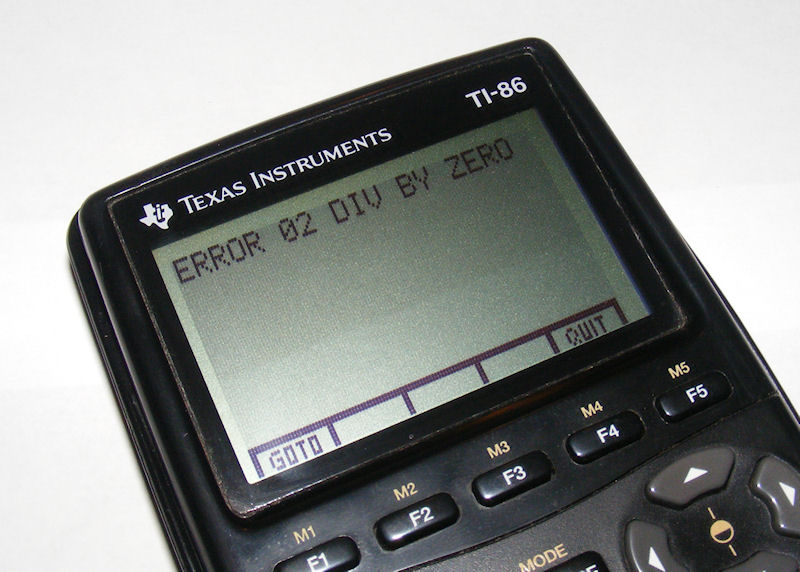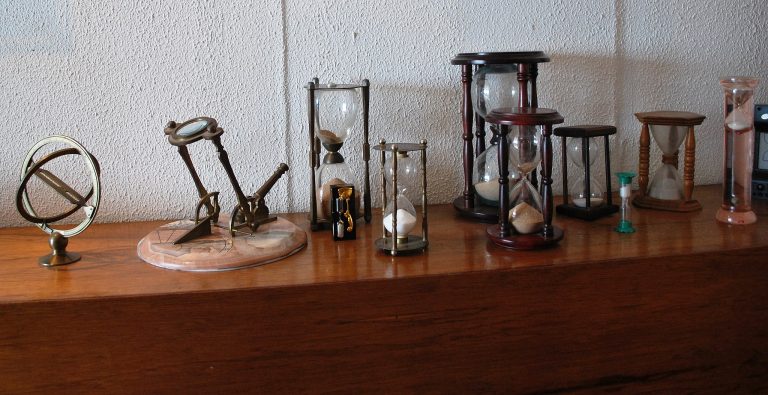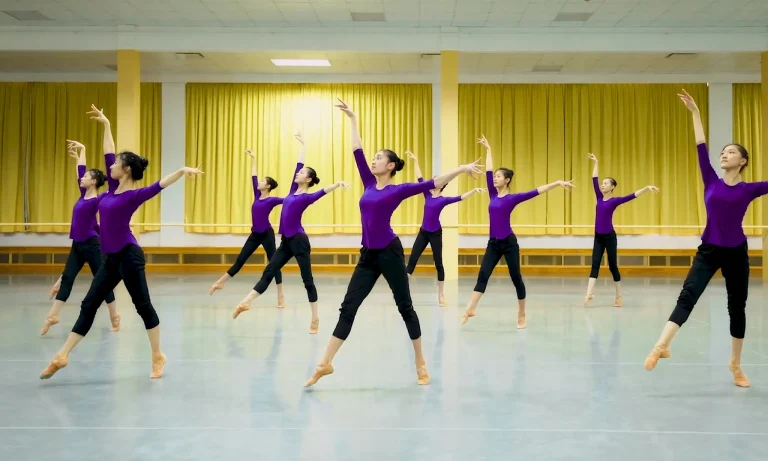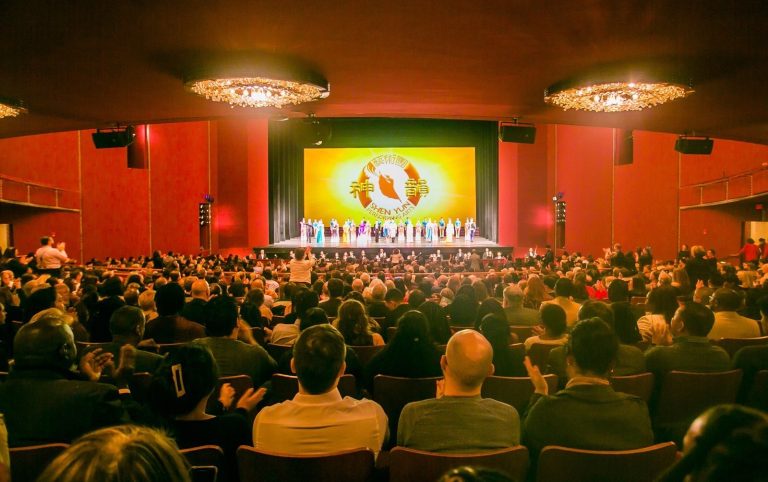Time is often regarded as the fourth dimension. Although it is not a spatial dimension, it is a numerical variable that defines existence in a three-dimensional space. For example, if you were to meet up with a friend, you would need to arrange the meeting point — not only in space, but also in time — lest you miss each other.
But what exactly is time? Is time physically existing, or is it a notion created by humans to understand reality, or perhaps a combination of the two?
The criteria for existence
According to physics, something is real if — and only if — it is measurable, observable, quantifiable, and not pathological.
Time’s ability to be measured and quantified is implicit in our very perception of it as a numerical component of reality. It is observable — not because it exhibits a definite size or shape — but because of the possibility of observing the consequences of its passing: we see raindrops falling to the ground and birds flying from one place to another.
But, is it pathological? In simple terms, pathological subjects are those for which science has no conclusive answer. Questions such as “What is at the center of a black hole?” or “Why can’t numbers be divided by zero?” are examples of pathologies that indicate that we still have further work to do.

The fact that the time measured by two clocks can differ depending on where the clocks are located and how they move — commonly known as time dilation — can make time seem somewhat paradoxical. Does this mean that it is pathological and therefore not physically real?
The relative nature of time
In his Theory of Relativity, Albert Einstein determined that time passes at different rates depending on our frame of reference. If, for instance, we were to shoot a wave of light from the front of a moving train and measure the time it takes for this wave to reach the far end of the train, our answer would differ from that of a third observer watching the light wave from the train platform.
In addition, a clock that moves faster often implies that time is slower when viewed from a different frame of reference.
Still, the relative nature of time does not make it pathological, as the difference in time speed between frames is consistently different. Since these discrepancies can be measured and predicted based on the laws of physics, time dilation is not, after all, considered a random or inconclusive phenomenon.
The ambiguous time-symmetry of physics
Success
You are now signed up for our newsletter
Success
Check your email to complete sign up
Along with its conservation properties, physics has the quality of being symmetric with respect to time; that is, a scene looks the same when time runs forward or backward.
The simple case of a ball falling under the influence of gravity can illustrate this principle. How can we tell whether what we are seeing is a ball falling downward or the motion of a ball that has been thrown upward running backward in time? In theory, both scenes would look exactly the same.

This parity symmetry suggests that changing an event by its mirror image does not change the outcome. This is true not only for physical motion, but also for other physical laws such as gravitation and electromagnetism. How can we discern whether time is running forward or backward?
Irreversibility is the key
While it seems that we only perceive it as moving forward and never backward, this ceaseless arrow of time is still unexplained; yet despite its peculiar symmetry, certain phenomena do show that time only moves forward.
Beta decay, for example, can occur when the atomic nucleus has a large number of neutrons and breaks down into a proton, an electron or an anti-electron neutrino. The inverse of this phenomenon does not occur. Since subatomic particles never revert into neutrons, and the results of its backward and forward passage are different, neutron count is a reliable indicator of the direction of time.
A more practical approach is to look at thermodynamic energy exchange, which can be observed in basic situations such as scrambling an egg, breaking an object or adding ice to a glass of water. Each demonstrates an expenditure of energy that is irretrievable, thus marking the passage of time.
In a whole egg, for example, there is an energy gradient between the white and the yolk. Once mixed, the chemical potential energy is released and new bonds are formed. Similarly, a window possesses potential energy which, when shattered, is released. Time symmetry in these cases is no longer valid, as the initial and final energy states are different.

Thermal equilibrium is another phenomenon that illustrates the arrow of time. According to the concept of entropy, when two systems of different temperatures come into contact, they tend to reach an intermediate temperature, thus achieving equilibrium.
A glass of room-temperature water will melt an ice cube dropped into it, cooling the water. Once this equilibrium is achieved, it is impossible for the system to revert to its original state, indicating clearly that time only moves forward.
The physical realness of time
Time, as a measurable, quantifiable, observable and non-pathological phenomenon, is just as real as the observable variants that depend on it — such as nuclear changes, entropy and energy equilibrium.
The discovery that time is not a universal measure, coupled with our inability to explain its unceasing nature and the irreversibility of its direction of flow, serve as indicators that we still have a long way to go to fully understand the fascinating mysteries of the world that surrounds us.















